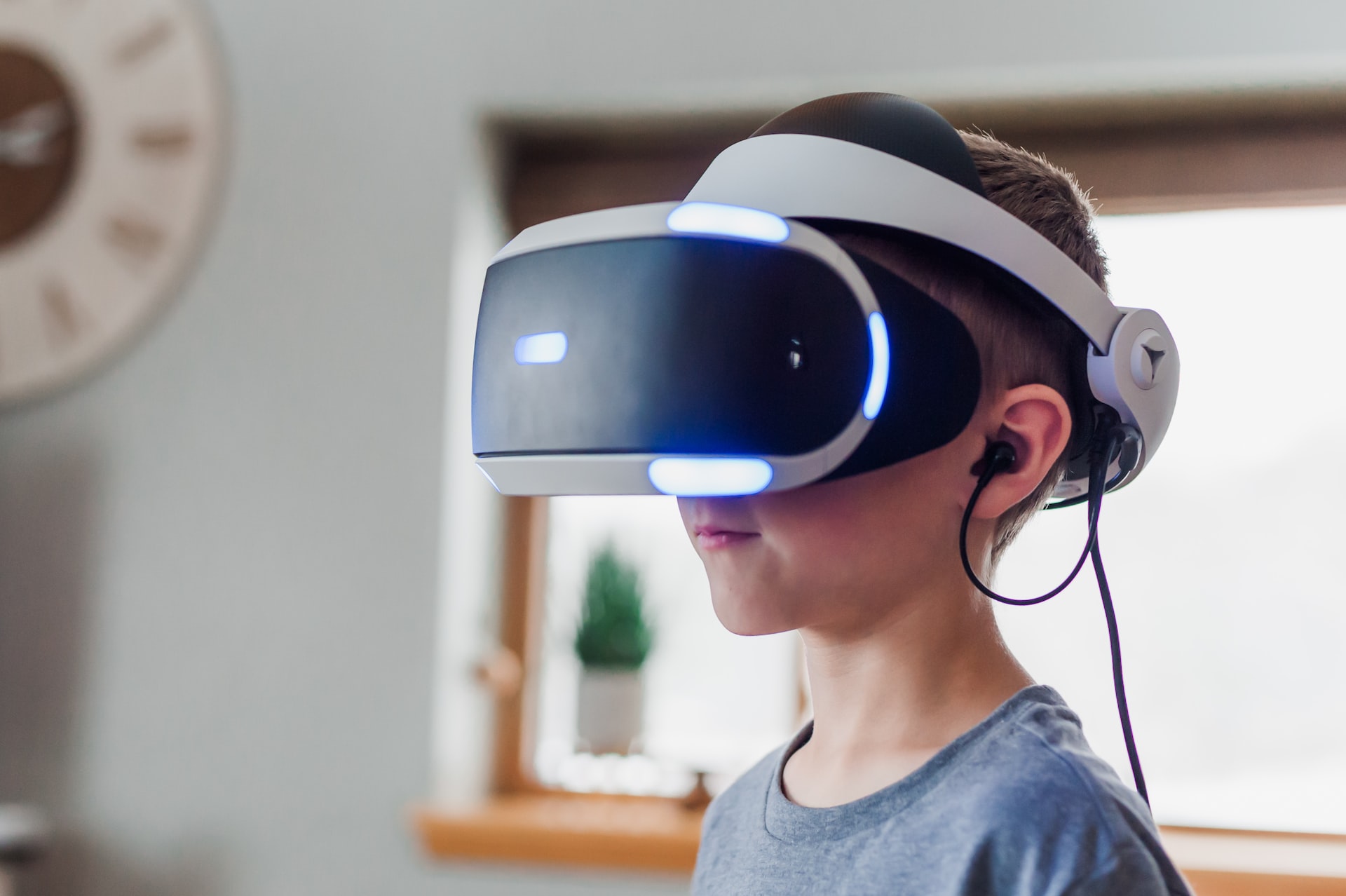Virtual and Augmented Reality: The Next Frontier in Technology

Virtual reality (VR) and augmented reality (AR) are two cutting-edge technologies that are rapidly changing the way we interact with digital content. From gaming and entertainment to education and healthcare, VR and AR have the potential to revolutionize virtually every industry.
Introduction: A Brief Overview of Virtual Reality and Augmented Reality
Virtual reality is a computer-generated simulation of a three-dimensional environment that allows users to interact with digital content in a seemingly real way. VR requires a headset, such as the Oculus Quest, to immerse users into a virtual world. In contrast, augmented reality superimposes digital content onto the real world, using a smartphone or AR-enabled glasses, such as Microsoft Hololens.
The History of Virtual and Augmented Reality
Virtual and augmented reality have been around for decades, but it wasn’t until recent advancements in hardware and software that they have become viable consumer technologies. In the 1990s, VR was primarily used for military training and simulations, while AR was mainly limited to research projects and niche applications.
However, with the advent of smartphones, VR and AR have exploded in popularity. In 2012, the release of the Oculus VR headset, now owned by Facebook, sparked a renewed interest in VR and paved the way for the development of more advanced VR hardware and software.
Advancements in VR and AR Technology
In recent years, VR and AR technology have come a long way, with improved hardware and software making VR and AR more accessible and user-friendly. One of the most significant advancements has been the development of standalone VR headsets, such as the Oculus Quest, that don’t require a computer or smartphone to operate.
Another key development has been the rise of 5G, which provides fast and reliable connectivity, allowing VR and AR devices to stream content and communicate with each other in real-time. Additionally, advances in artificial intelligence and machine learning are allowing VR and AR devices to become more intelligent and capable of responding to user input.
Applications of VR and AR in Different Industries
The potential applications of VR and AR are vast and far-reaching, with the technology already being used in a number of industries, including gaming, entertainment, education, and healthcare.
In the gaming industry, VR has revolutionized the way players interact with games, offering an immersive and interactive experience. For example, the popular game Beat Saber, in which players use lightsabers to slash through virtual blocks, has become a hit on VR platforms.
In the entertainment industry, VR and AR are being used to create new and exciting forms of content, such as 360-degree films and interactive music concerts. In education, VR and AR are being used to create virtual classrooms and immersive learning experiences, allowing students to experience different cultures and historical events firsthand.
In healthcare, VR and AR are being used to improve patient care and train healthcare professionals. For example, VR is being used to treat patients with mental health conditions, such as anxiety and PTSD, while AR is being used to assist with complex medical procedures.
Conclusion
Virtual and augmented reality are rapidly evolving technologies that have the potential to change the world in numerous ways. From gaming and entertainment to education and healthcare, VR and AR are already making a significant impact and have the potential to revolutionize virtually every industry. As hardware and software continue to improve, we can expect VR and AR to become even more widespread and accessible, opening up new and exciting possibilities for users.





